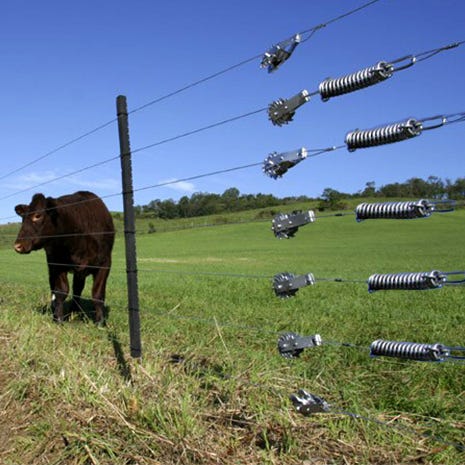We have a minimally developed 3 acre property with a 1.5 acre paddock with a shelter and three lines of hot wire tape maintaining a couple retired tb’s and a pony. I am purchasing a broodmare that is in foal and will need to develop a safe environment for her to have the foal and to house the foal until it is large enough to safely join the others.
There is tons of info out there on the foaling stall but I don’t want the foal to be cooped up in a large box stall any longer than necessary.
What do you recommend for a paddock size for the foal and what type of fencing do you recommend? Also what age do you let them out in the paddock?

